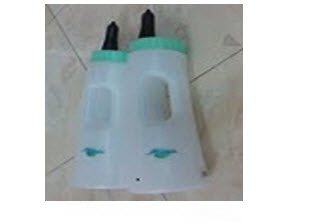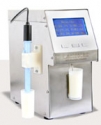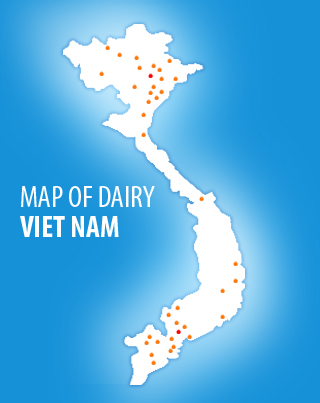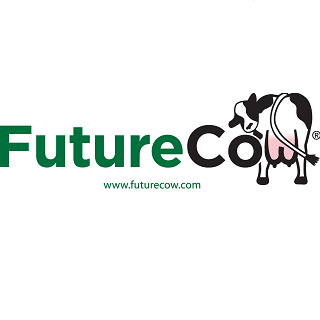News
Rising Butterfat Content in Milk Translates into More Products
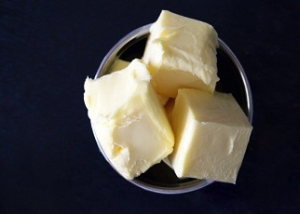
U.S. dairy producers have been increasing the components, especially butterfat, in milk and the improvement has resulted in more dairy products being made with the same amount of milk. Abundant cream this spring coupled with plenty of milk has resulted in weak cream multiples—until recently, according to Betty Berning, analyst with the Daily Dairy Report.
“Cream multiples are starting to tick up as ice cream season begins, which will make cream less of a bargain for butter and cheese manufacturers. But plenty of cream is still available for makers of fat-heavy dairy products,” Berning said. “Looking ahead, though, cheese and butter prices will need to remain low enough to keep exports moving, or U.S. dairy stocks could start to pile up.”
Using data from USDA’s Agricultural Prices and Milk Production reports, U.S. dairy producers increased the total butterfat content in milk by 82 million pounds in the first quarter of this year. That’s 3.4% more than the same quarter in 2024, Berning noted.
“A sizable share of the excess cream has gone into butter,” she said. Year to date through March, butter production of nearly 650 million pounds was up 5% compared to the first quarter of 2024, adjusted for leap year. Using 80% fat as the standard, Berning said that means that butter makers have put nearly 25 million pounds more milkfat through their churns this year compared to the same period last year.
Butter makers have soaked up substantially more in 2025 than other users of butterfat, Berning noted. For example, production of regular ice cream dropped 7.9% year over year in March to 60.3 million gallons. “That means ice cream makers used 2.8 million pounds less fat than they did in March 2024. The decline in low-fat ice cream production has been notable, too,” she said. March’s total output of low-fat ice cream at 35.4 million gallons fell 8.9% year over year, which equates to 937,000 lbs. less fat being used by markers of these products.
First-quarter production of cream cheese and Neufchatel, both high-fat products with milkfat contents of nearly 34.5%, was also down relative to the same period in 2024. Through March, manufacturers of cream cheese and Neufchatel made 6.3 million pounds less of these products, which has already resulted in an additional 2.2 million pounds of available butterfat this year.
“There have been some bright spots, though,” Berning said. “Cheese is the largest user of U.S. milkfat, and Natural American varieties, which have a higher-fat content than Mozzarella, appear to be making a comeback. Stronger demand has increased fat intake in Natural American vats by 15 million pounds in the first quarter of 2025.”




